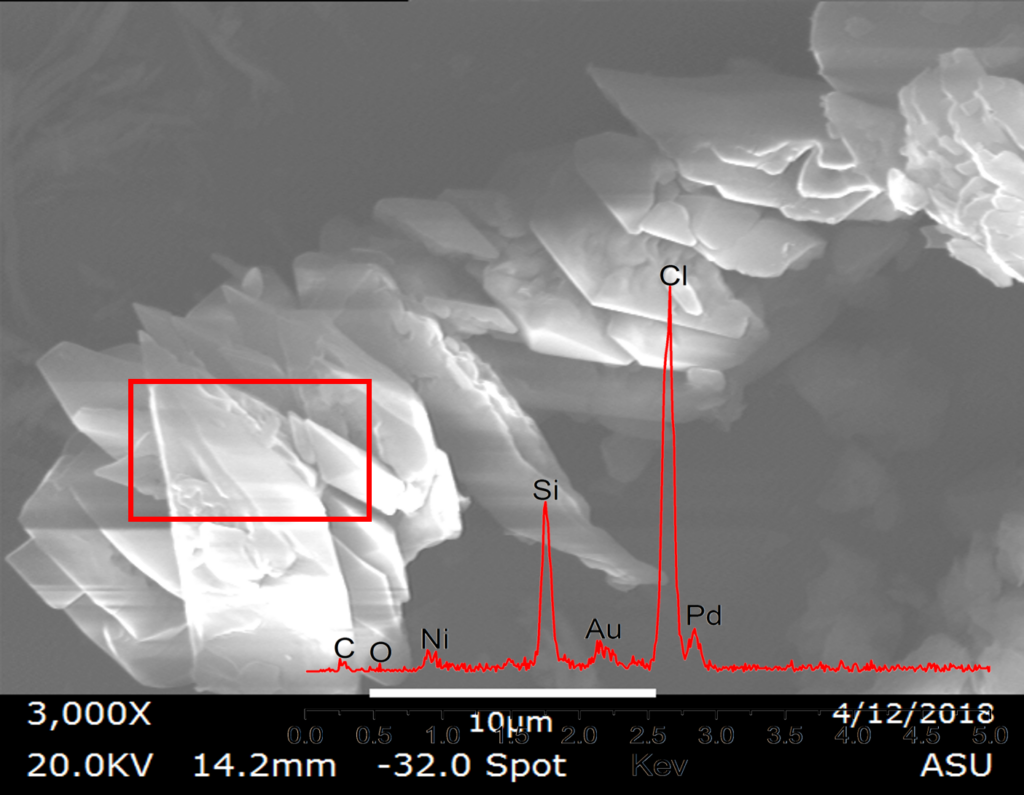Our team is part of the Arizona Water Innovation Initiative ($40M), a statewide project led by the Julie Ann Wrigley Global Futures Laboratory in collaboration with the Ira A. Fulton Schools of Engineering. Through this initiative, we are working with industrial, municipal, agricultural, tribal, and international partners to rapidly accelerate and deploy new approaches and technologies for water conservation, augmentation, desalination, efficiency, infrastructure, and reuse. This multi-year initiative aimed at ensuring a thriving regional future with a secure water supply.
Research Direction towards Manufacturing of Metal Organic Frameworks (MOFs)
Metal-Organic Frameworks (MOFs) offer groundbreaking solutions for clean water and carbon valorization due to their highly tunable porous structures and exceptional surface areas. In clean water applications, MOFs can efficiently remove contaminants such as heavy metals, organic pollutants, and pathogens, providing a powerful tool for water purification and desalination. Their high adsorption capacity and selectivity make them ideal for capturing and decomposing harmful substances, thus ensuring safe and potable water. Simultaneously, MOFs are being explored for carbon valorization, where they can capture and convert carbon dioxide into valuable chemicals and fuels. This dual functionality not only helps mitigate the impact of greenhouse gases but also transforms CO2 into a resource, promoting sustainable industrial practices and contributing to a circular carbon economy. By leveraging the unique properties of MOFs, we can address critical environmental challenges and drive forward innovations in both clean water technologies and carbon management.
Fundamental Questions
- How can one engineer the ligand chemistry and interlayer interaction strength through molecular engineering at the nanoscale?
- How can we design the pore sizes and chemistry to desalinate water and remove toxic impurities?
- What are the chemical pathways to manufacture these organic sustainable materials at large scales without sacrificing from their performance?
Selected publications
- Achieving Morphological Control over Lamellar Manganese Metal‐Organic Framework through Modulated Bi‐Phase Growth
Angewandte Chemie - Unusual Pressure‐Driven Phase Transformation and Band Renormalization in 2D vdW Hybrid Lead Halide Perovskites
Advanced Materials - 2D coordination polymers: Design guidelines and materials perspective Applied Physics Reviews
- Ultimate Control over Hydrogen Bond Formation and Reaction Rates for Scalable Synthesis of Highly Crystalline vdW MOF Nanosheets with Large Aspect Ratio Advanced Materials







